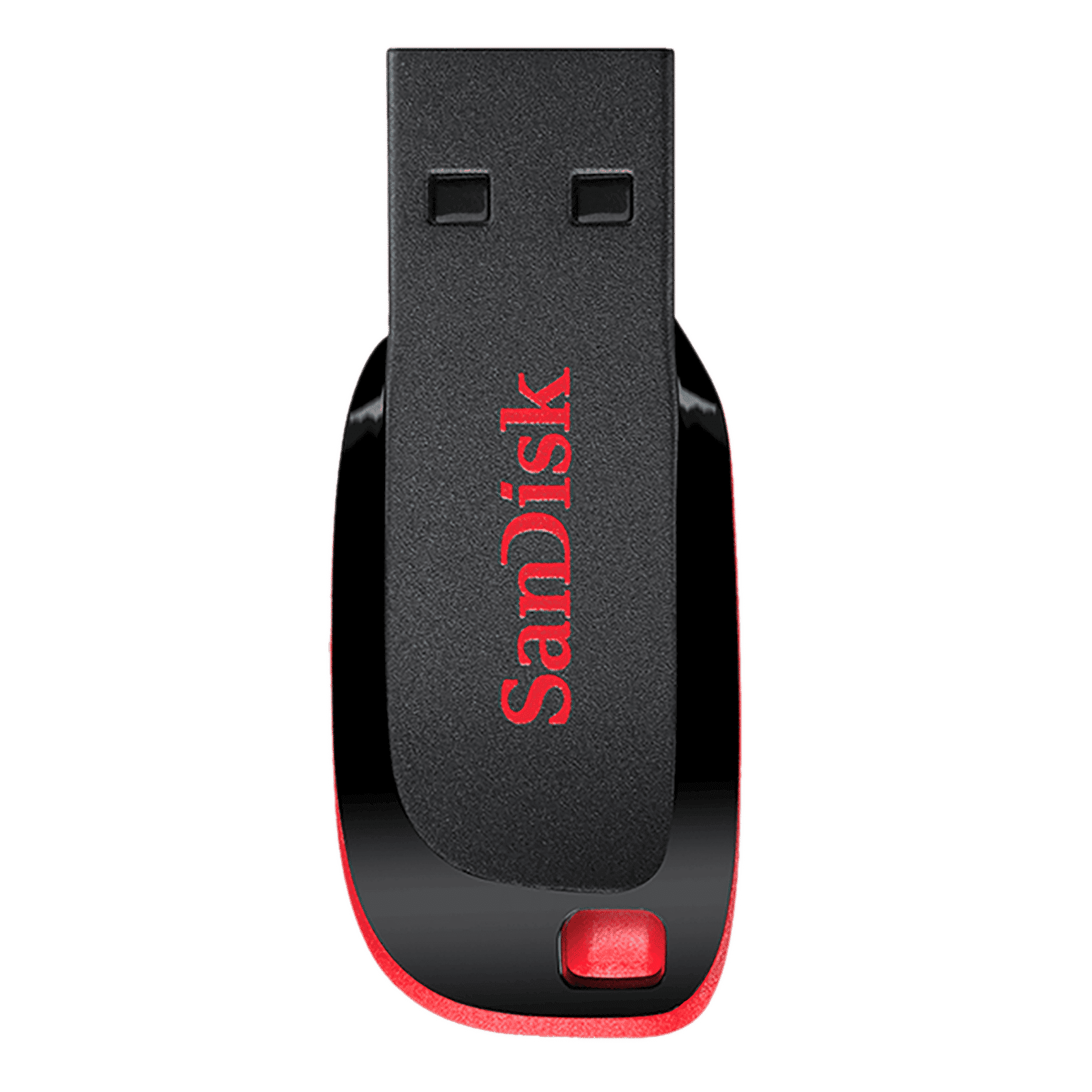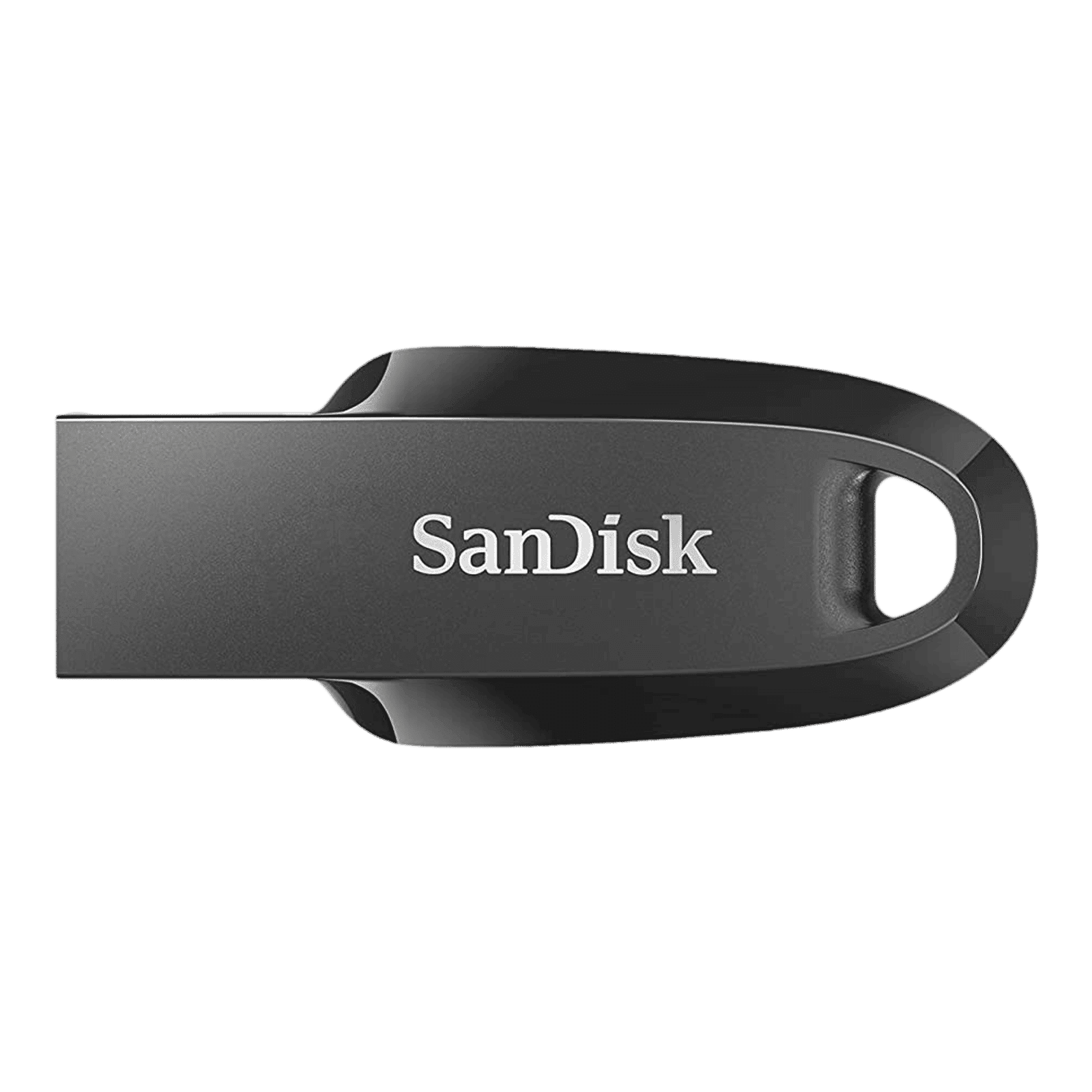%20(Presentation)%20(1600%20x%20600%20px)(74)-e74fc6a6-7421-4984-bb37-18620810bf2c.webp&w=3840&q=75)
Consumer Electronics
•04 min read

Buy SanDisk Cruzer Blade 64GB USB (2.0) Pen Drive (High-Capacity Drive, Red) online at best prices from Croma. Check product details, reviews & more. Shop now!
Setting up USB gadgets on Linux can truly transform the way you manage file storage and external devices. In this guide, you'll find a comprehensive checklist that makes configuring Linux file storage for USB devices straightforward and efficient. Whether you're a tech enthusiast or a young professional, this guide is designed to help you navigate through the steps of setting up USB gadget functionality on Linux systems. Plus, with Tata Neu, you can enjoy benefits like Express Delivery for orders placed before 6 PM, expert guidance, and robust after-sales support, making your experience even smoother.
Linux USB gadgets allow your system to emulate USB devices. This means your computer can function as a mass storage unit, network adapter, and even more. By creating virtual USB devices, Linux offers flexibility that is especially beneficial for those keen on consumer electronics and tech innovations.
Integrating file storage with Linux USB gadgets is essential. Compatibility with file systems such as ext4 and FAT32 ensures that your configuration works smoothly. Tools like g_mass_storage and gadgetfs play a pivotal role in making this technology accessible and reliable.
Before diving into the setup, check that your Linux kernel supports USB gadgets. You can verify your kernel version by running the command uname -r. Whether you are using Ubuntu, CentOS or another distribution, ensure the necessary utilities such as modprobe, mkfs, and losetup are installed. This preparation will save you time and potential headaches later. Confirm that module names like g_mass_storage and gadgetfs are valid with the latest Linux distributions by referencing up-to-date kernel documentation.
When selecting a USB storage device, consider capacity, speed, and Linux compatibility. It is always wise to confirm that your device supports Linux file systems, which helps to avoid compatibility issues down the line. Pro Tip: Always verify the device's compatibility with your Linux setup to ensure a smooth experience.
A practical way to begin is by creating a virtual file storage. Use commands like dd to create a backing file. For example, you can create a 1GB backing file with this command: dd if=/dev/zero of=usb_storage.img bs=1M count=1024. (This command creates a 1GB virtual file used as storage.) This file will serve as the foundation for your USB storage setup.

Buy SanDisk Ultra Curve 128GB USB (3.2) Pen Drive (Compact Design, Black ) online at best prices from Croma. Check product details, reviews & more. Shop now!
After creating the backing file, load the g_mass_storage module using modprobe and mount the backing file as a loopback device. For instance, enabling mass storage mode is as simple as running: modprobe g_mass_storage file=/path/to/usb_storage.img. This step is critical in transforming your Linux system into a functioning USB gadget. Split longer sentences for clarity and ensure that commands like modprobe are explained step-by-step.
Once the configuration is complete, test the setup using the lsusb command to check if the device is recognised by the host system. If challenges arise and the device isn’t detected, ensure that the appropriate kernel module is loaded and all steps have been accurately followed.
Managing files within your Linux USB gadget can be greatly optimised using native file system tools. Utilities like fsck can help maintain file integrity, while performance tweaks can be conducted using tune2fs. Managing your file system with care ensures longevity and smooth operation of your device.
Handling external USB devices involves safely mounting and unmounting them. Commands such as mount and umount are essential for this process. For example, you can unmount a device safely using: umount /dev/sdx1. This straightforward approach prevents data corruption and enhances overall device reliability.
Did You Know? Linux USB Gadgets Are Perfect for Consumer Electronics
Linux USB gadgets are widely used in consumer electronics. They empower devices like smartphones and IoT products to function as mass storage units or network interfaces. Their versatility makes them a favourite among developers and tech enthusiasts, offering a seamless blend of advanced technology with user-friendly simplicity.
For those looking to secure their data further, advanced tools such as dm-crypt provide encrypted USB storage options. A typical command for securing data is cryptsetup luksFormat /dev/sdx. This extra step ensures that your information remains protected, a crucial consideration for many users.
Even seasoned users might encounter occasional configuration issues. If modprobe fails to load the necessary module, double-check your kernel module installation. Running dmesg | grep gadget can provide useful insights into any underlying errors, making troubleshooting more manageable and less time-consuming.
A Linux USB gadget is a software framework that mimics USB devices, enabling mass storage, network interfaces, and more through virtual emulation.
Linux supports a range of file systems, including ext4 and FAT32, each suitable for different storage needs and device functions.
To safely remove a USB device, first unmount it using umount /dev/sdx and then physically disconnect it from the system.
A USB Host is the device controlling the USB connection, whereas a USB Gadget allows a Linux system to act as a peripheral device.
Common tools include modprobe, dd, losetup, and mkfs for efficiently creating and managing a USB gadget configuration.
This checklist provides a clear roadmap for optimising Linux file storage when setting up USB gadgets. By carefully following these steps, you can ensure that your device configurations are both reliable and efficient. The fusion of advanced technology with the convenience of a well-crafted checklist demonstrates the flexibility and capability that Linux offers, making it a trusted choice for managing consumer electronics and digital rewards. Enjoy the ease of saving NeuCoins on every qualifying transaction with Tata Neu, where every smart purchase leads to more opportunities for growth and reward.